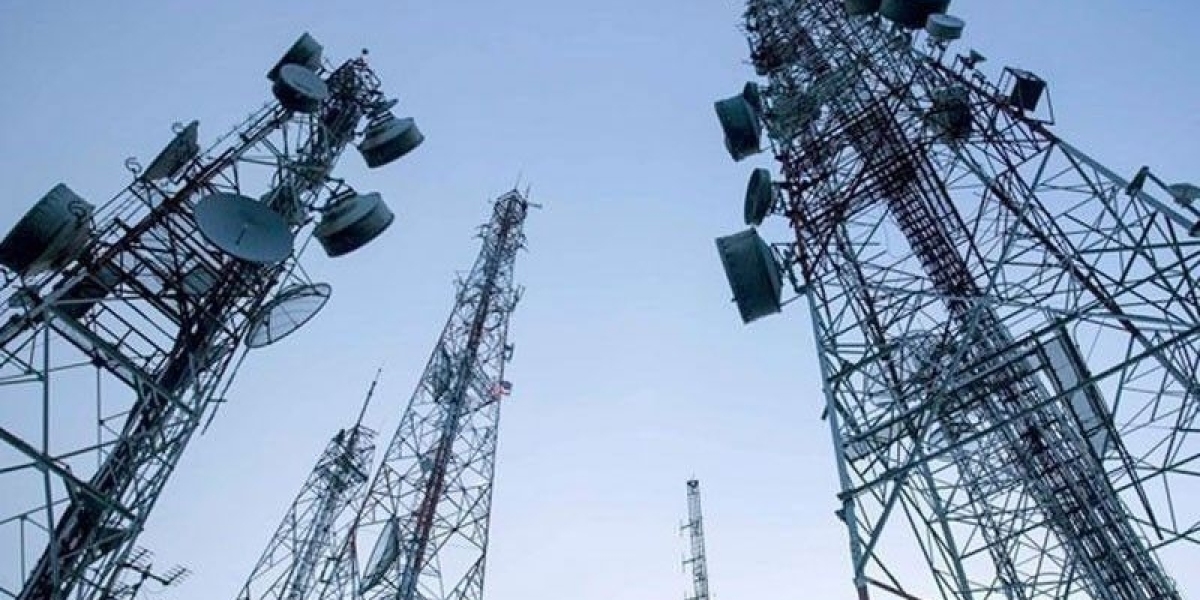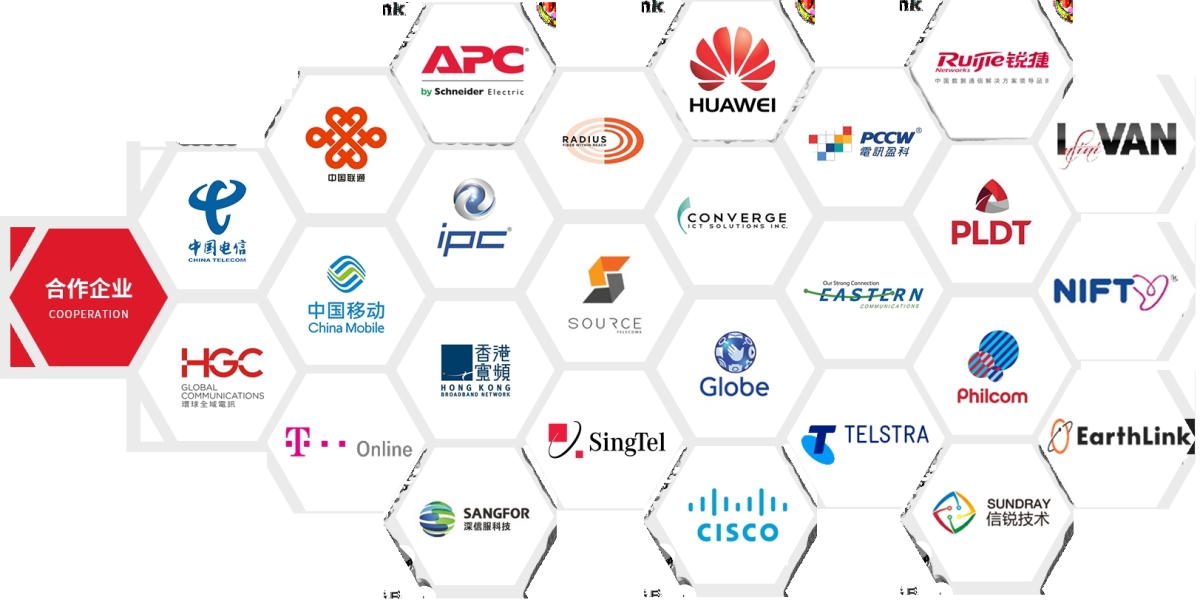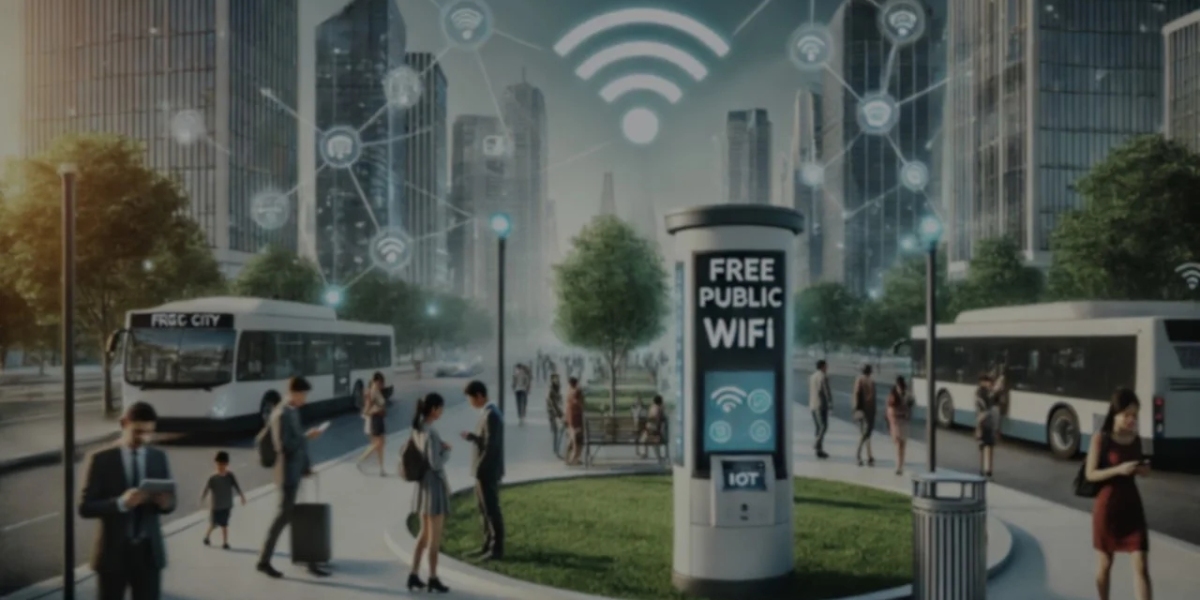MANILA, Philippines — The government plans to undertake a program that would retire the legacy networks of 2G and 3G nationwide to increase the spectrum allocated for 4G and 5G users.
The Department of Information and Communications Technology (DICT) will modify the spectrum allocation for mobile networks starting this year, as soon as the Konektadong Pinoy Act is signed into law.
Information Secretary Henry Aguda said the DICT is wiping out 2G and 3G networks to accelerate 4G and 5G adoption among Filipinos.
Based on DICT estimates, 2G and 3G users account for only 15 percent of total mobile subscribers in the country. For Aguda, this number is low enough to warrant retirement, and even telcos themselves are phasing out their 2G and 3G services.
“It is important to undertake frequency refarming because in the world, the Philippines is close to becoming the only country still offering 2G and 3G. We have to retire them so that the frequency can be placed on 4G and 5G,” Aguda said.
However, Aguda said he is waiting for President Marcos to sign the Konektadong Pinoy Act, as this should encourage new connectivity players to enter the Philippines.
The measure – now waiting for the President’s signature – will relax investment rules in the telco industry by removing the need for data transmission operators to get a congressional franchise.
Aguda said distributing the spectrum to these new investors would help the DICT in its goal to cut internet costs by as much as 50 percent.
The Philippines remains one of the most internet-expensive economies in Southeast Asia as of 2022, according to the International Telecommunication Union. Mobile internet cost is higher by about 1.5 times than the Southeast Asian average.
“We don’t want to reach the point where 6G is available here and we still have 2G and 3G. If we do all these efforts, we will become one of the cheapest internet connectivity in Southeast Asia,” Aguda said.
Mobile leader Smart Communications Inc., for instance, has started winding down 2G services since 2019 and its 3G network since 2020, recognizing that demand is moving up to 4G and 5G, as devices become more advanced these days.
Tech giant Ericsson estimates 5G subscriptions in the Philippines to expand fivefold in the latter half of this decade, to 70 million by 2029, from 13 million in 2024.








